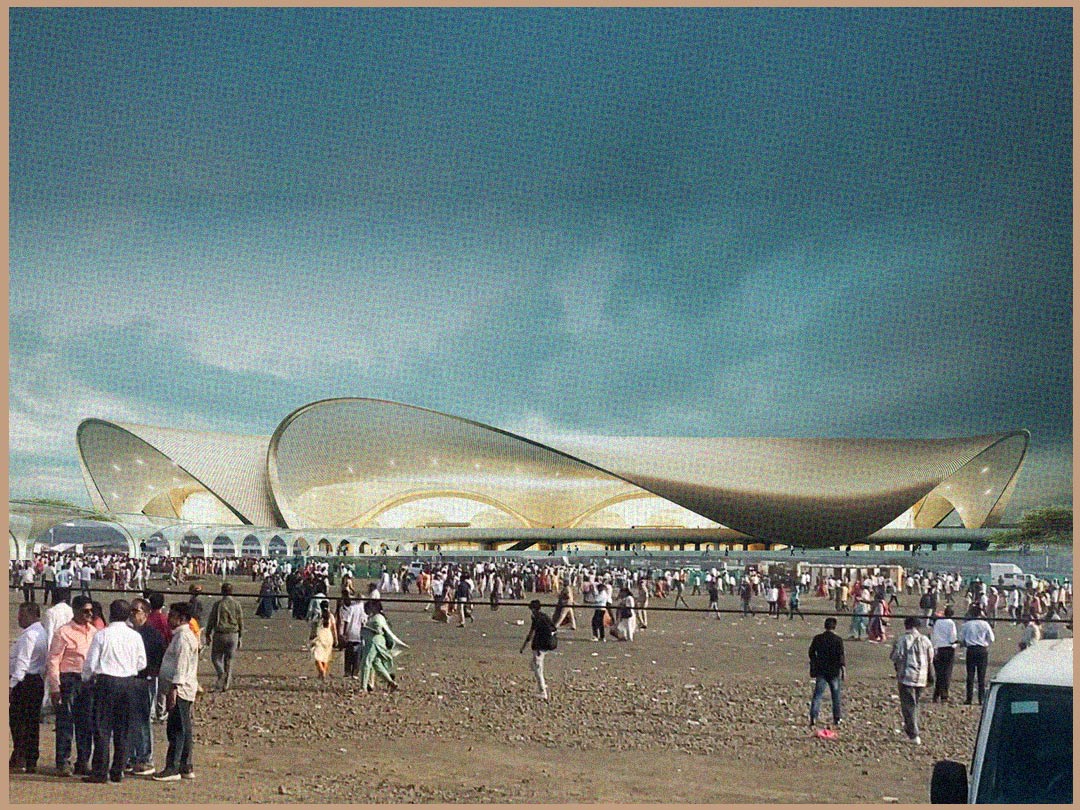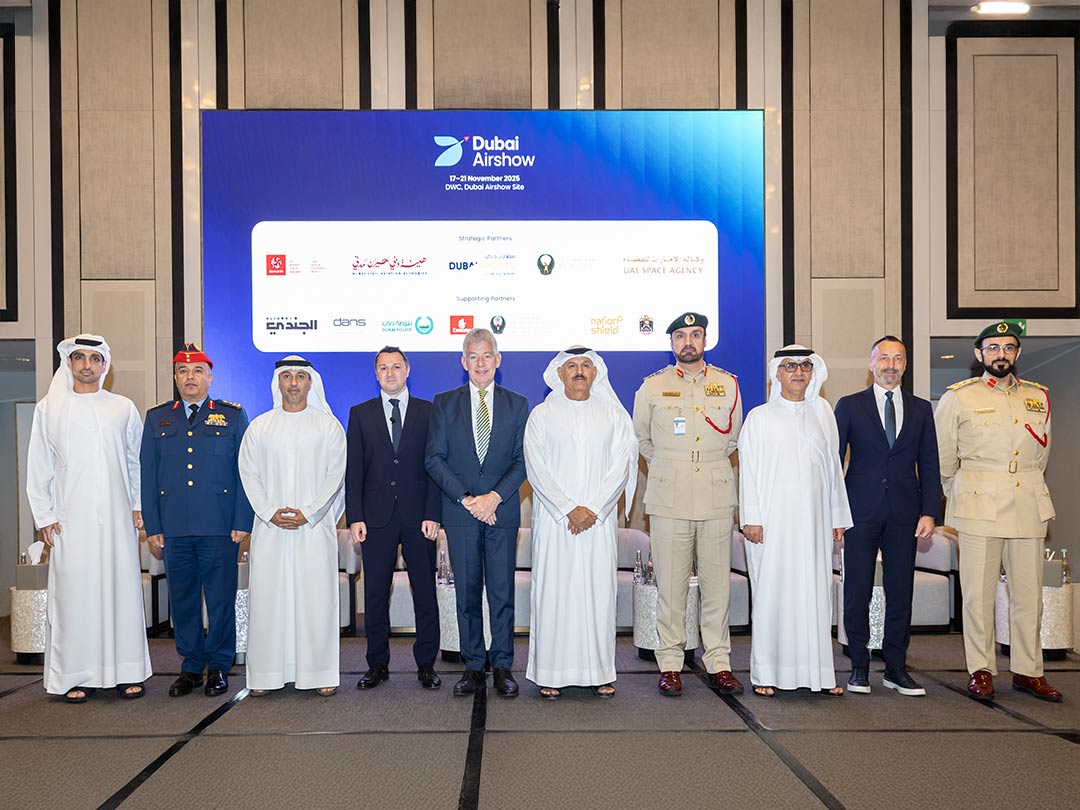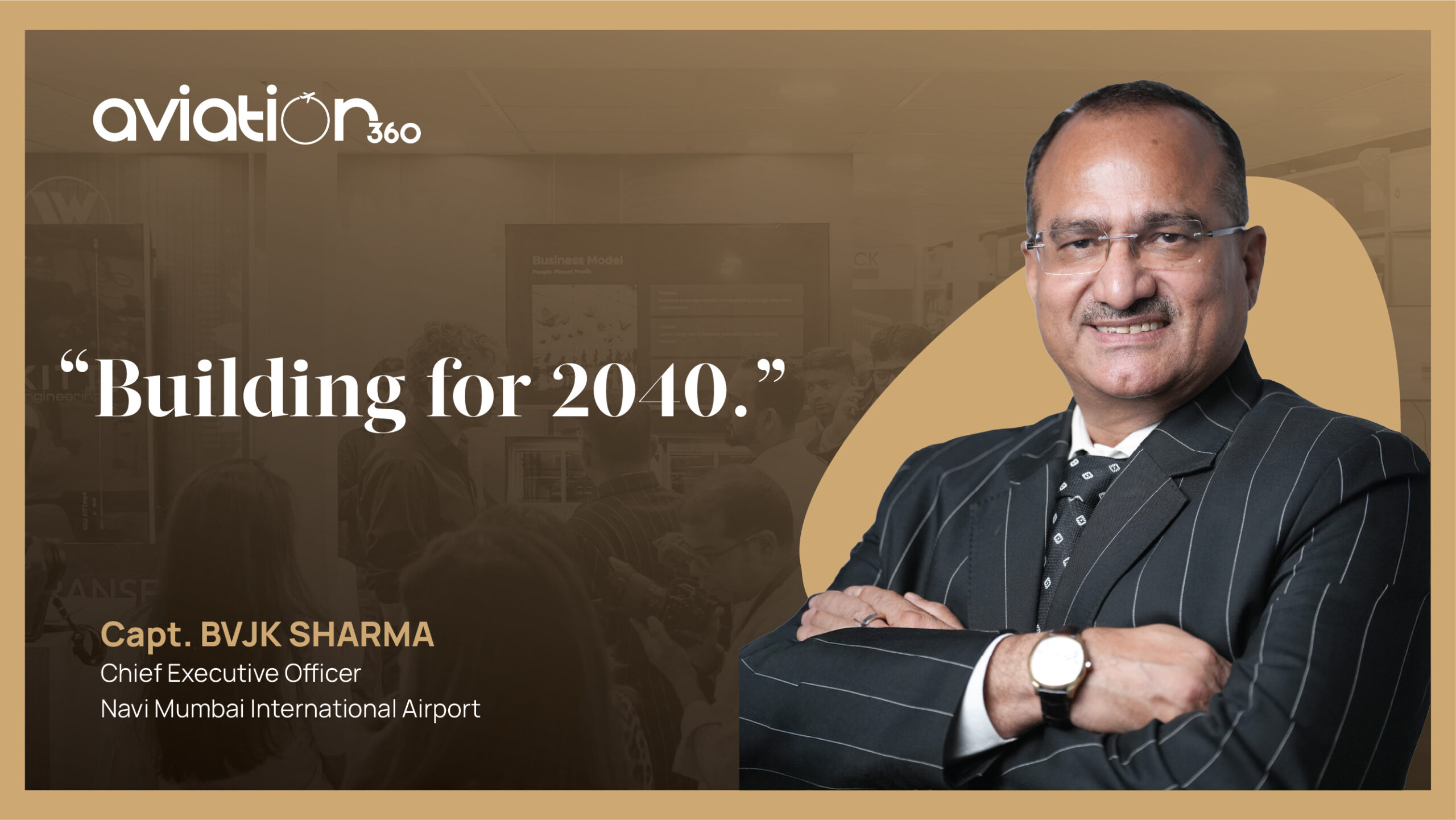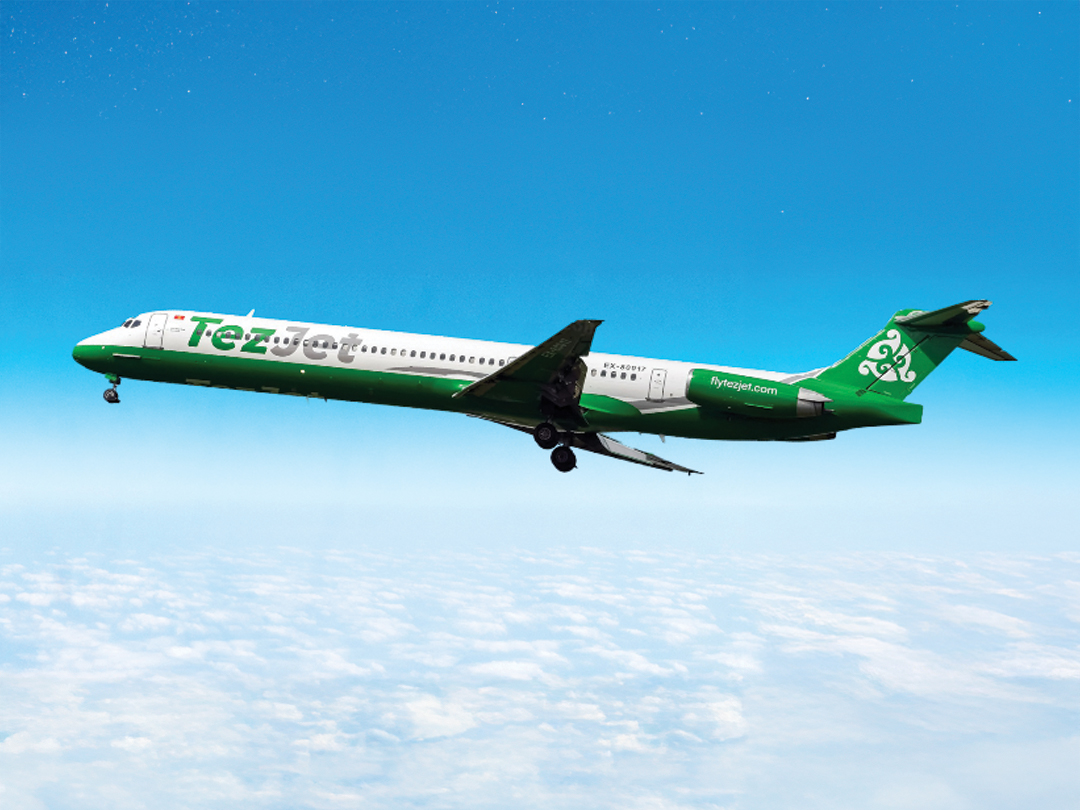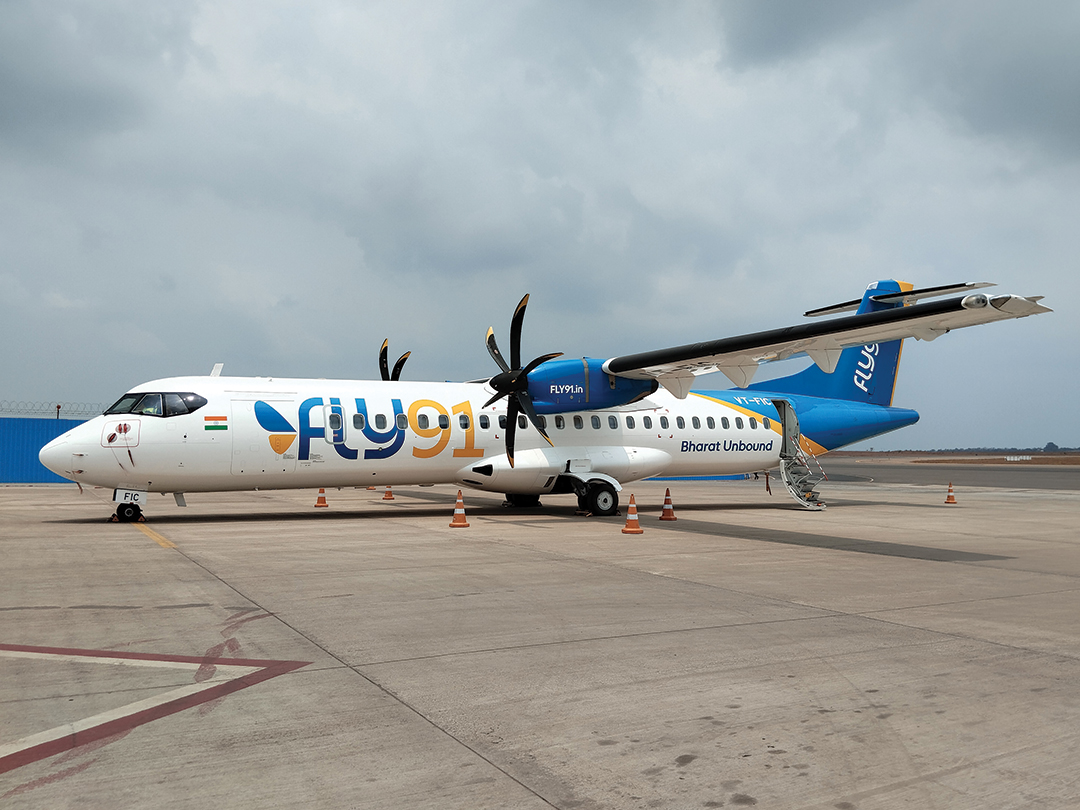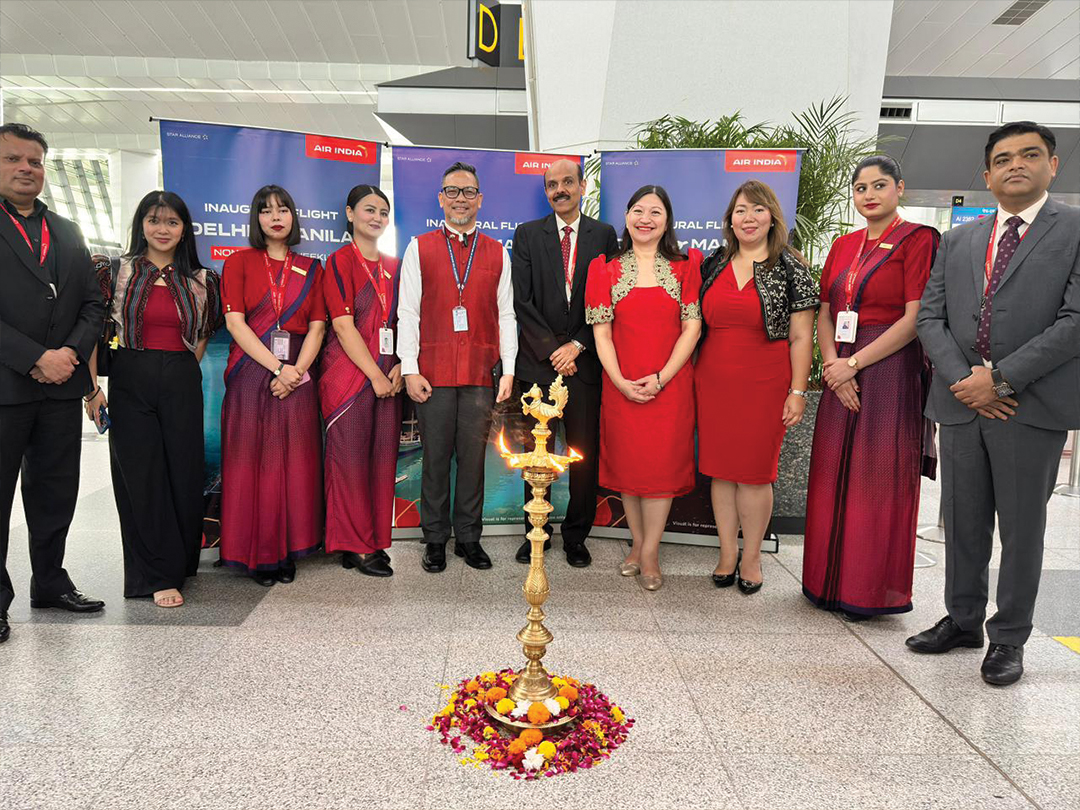Modern non-aero strategy is about shaping airport identity—balancing innovation, personalization, and convenience to meet evolving passenger expectations, writes Rahul Saini
Unlocking the future of non-aero retail
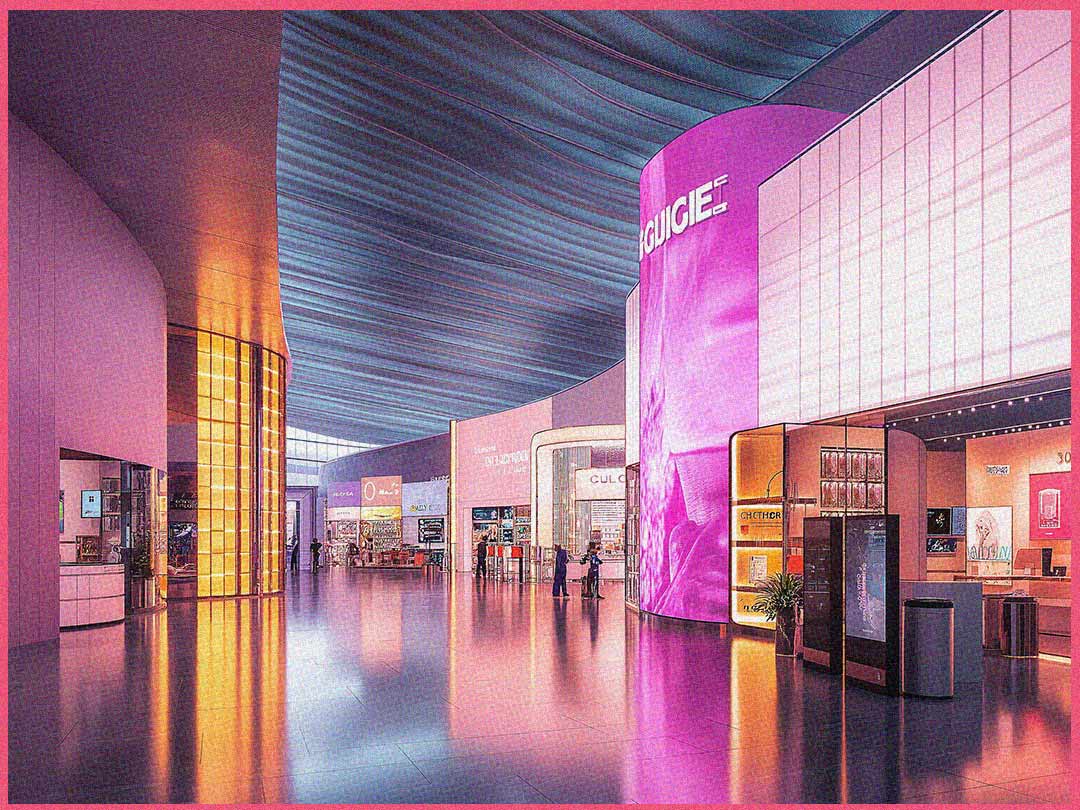
Airports around the world are undergoing a fundamental transformation. No longer mere transit hubs, airports are fast becoming immersive destinations in their own right—spaces where commerce, culture, technology, and experience converge.
Central to this shift is the non-aeronautical (non-aero) commercial strategy, a revenue stream that is increasingly becoming the financial backbone for airport operators. In a landscape where passenger experience defines business success, aligning the commercial approach with evolving consumer behaviour is imperative.
This is more important where the airport is no longer just a transit point. It is an area where shopping, dining, recreation and immersive art experience offer a variety of experiences for the consumer to indulge.
Greenfield airports: A clean slate
Greenfield airports in the country offer a new opportunity and a clean slate to build commerce into the DNA of the design. Spatial planning can be optimized for passenger dwell zones, intuitive commercial flows, and experiential offerings. From the outset, operators can integrate digital layers for seamless transactions, data capture, and engagement.
Collaboration with brands and operators is vital to align offerings with target passenger profiles and to share data for better targeting and inventory planning. This will aid in forecasting demand and creating a scalable commercial roadmap that evolves with passenger growth.
Hence, greenfield airports must be born digital, with modular zoning, experiential layouts, and predictive commercial analytics from day one.
NMIA, Adani’s first greenfield airport project, has a masterplan capacity of 90 million passengers per annum. The design and aesthetics of this new airport speak about modularity, flexibility and adaptability, to be a smooth enabler of future trends and opportunities.
The Pax-to-Product strategy
Central to a successful non-aero approach is the Pax-to-Product strategy, which reorients commercial planning around the passenger lifecycle. Every traveler is seen as a potential consumer and offerings are tailored based on their journey—from pre-arrival digital engagement to in-terminal experiences and post-departure interactions.
Segmentation becomes key here, as the needs of an early morning business traveler vary from a family on vacation shopping in the afternoon. Hence, passenger flow and behavior mapping help decide on touchpoints that convert footfalls into spend. Whether the medium is an AI powered search engine for duty free or a loyalty linked dinner, the end goal is to enhance per passenger value, improve satisfaction and dwell time.
Passenger cohorts: The generational shift
Recognizing the fluidity of passenger demographics is one of the most critical aspects of designing an agile non-aero strategy. Consumer cohorts are evolving every evolving year driven by shifts in income, culture, lifestyle, and adoption of technology.
For example, the purchase decision rested with Gen-X till 2022, but since the last two years the global expenditure trend has shifted to millennials and Gen-Z. What appealed to millennials a decade ago may not resonate with Gen Z or the emerging Gen Alpha. The pandemic further accelerated changes in consumer expectations, placing greater emphasis on health, sustainability, and digital convenience.
The 21st-century airport is more than a waystation—it is a curated environment, engineered for engagement and delight. The notion that travelers simply move from curb to gate has been replaced with an experience-first design ethos. Passengers now expect more: curated retail offerings, diverse dining experiences, wellness zones, cultural showcases, and digitally enabled convenience.
This evolution demands a rethink of non-aero revenue planning with an integrated journey reflecting passenger aspirations.
Premium with a personal touch
The rise of affluent travellers, business elites, and aspirational consumers has catalysed a shift toward premiumisation across airport offerings. The definition of retail at the terminal has moved from duty free to curated luxury offering exclusive experiences, something even unavailable in urban malls.
Bain & Company predicts India’s luxury market to grow significantly to potentially reach $85-90 billion by 2030, a 3.5-fold increase. One of the major reasons behind the expansion plans of premium brands is the growing number of high-income households- with income of $40,000 or more – which is expected to double from 15 million in 2022 to 30 million in 2030.
Hyper-personalized experiences like targeted promotions, customized itineraries, and loyalty-driven rewards using digital interventions enable us to personalize premium offerings. Digital innovation, including AI, mobile apps, and beacon-based engagement, enables this level of sophistication.
The 21st-century airport is more than a waystation—it is a curated environment, engineered for engagement and delight.
Technology becomes enabler of the next leap
Digital transformation acts as an enabler of modern non-aero strategy that can be embraced by the new generations. From virtual storefronts and click-and-collect models to biometrics-based checkout and personalized in-app promotions, technology enhances experience and spend. Digital twins and analytics platforms help airport operators simulate retail flows and optimize tenant mixes.
Moreover, the rise of smart airports will increasingly blend physical and digital touchpoints, allowing seamless transitions between browsing, buying, and experiencing. Tech has enabled airports to develop services like self-baggage drop, digital scanners that save time, further increasing the dwell time, where passengers can give more time and attention to commercial offerings.
Building for the future
The new age non-aero commercial strategy is more about shaping the identity of the airport and not about revenues alone. As passenger cohorts evolve and expectations rise, it is all about balancing adaptability with innovation, blending premium with personal, modularity with convenience and commerce with experience.
The retail philosophy at Navi Mumbai International Airport is aligned with the vision of how retail at airports is changing worldwide. It will reflect the design of the retail experience. Increasingly, airports are judged by how they engage passengers and not alone by how swiftly they move them. The mandate is about building environments that reflect, adapt, and anticipate the needs of the ever-evolving traveler.
Rahul Sahni
Subscribe to Our Newsletter
Keep in touch with our news & offers
Thank you for subscribing to the newsletter.
Oops. Something went wrong. Please try again later.




